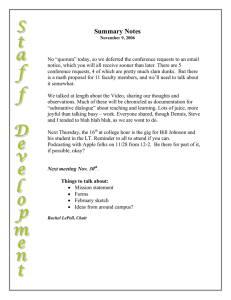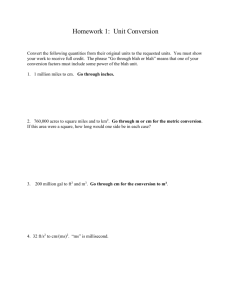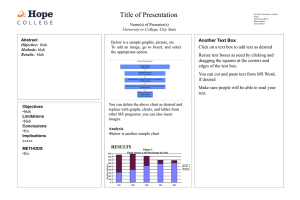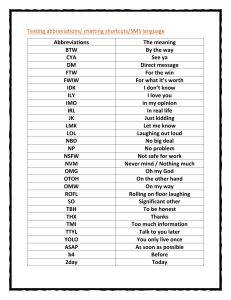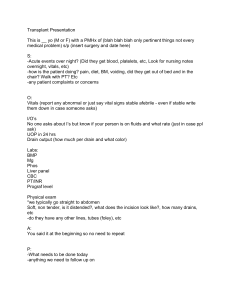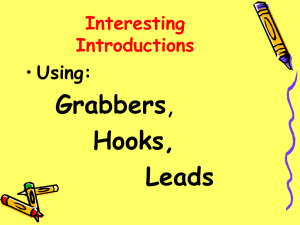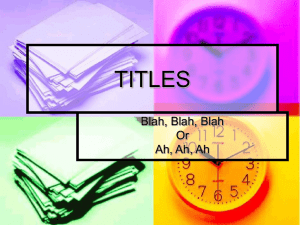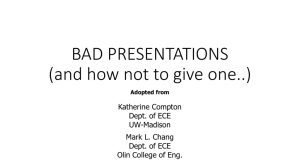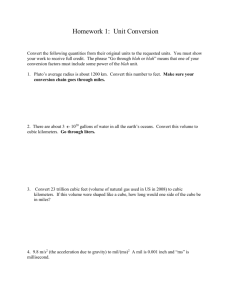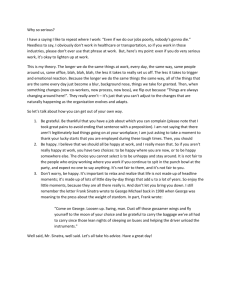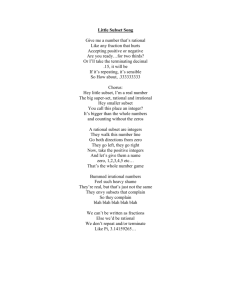Writing EDC progress reports
advertisement
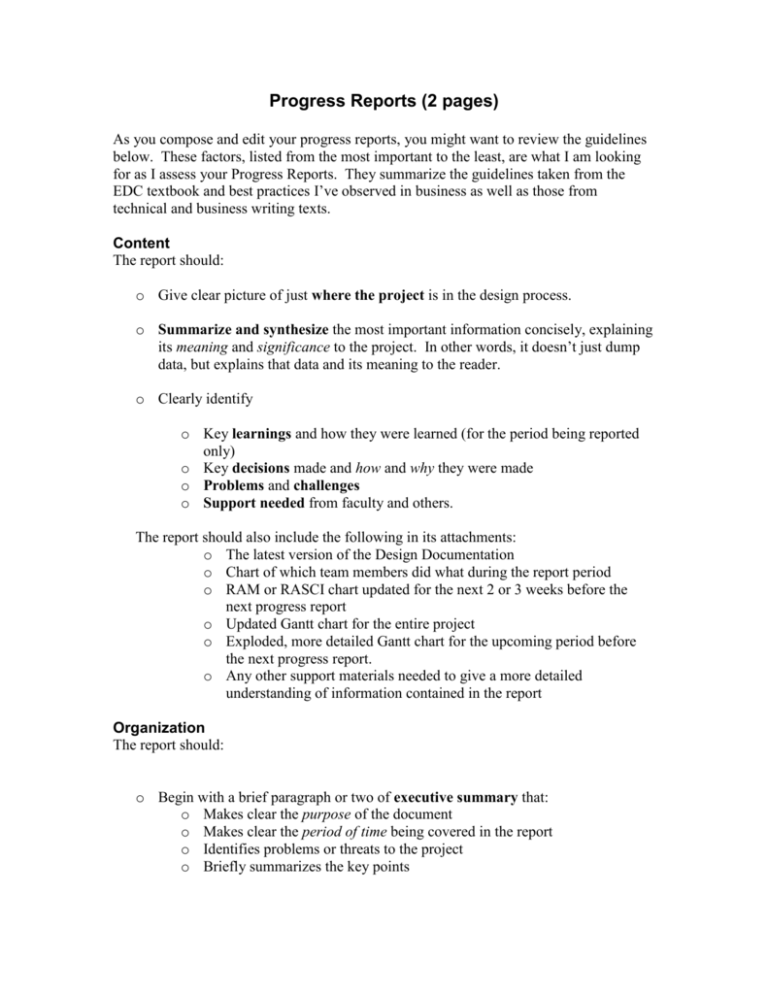
Progress Reports (2 pages) As you compose and edit your progress reports, you might want to review the guidelines below. These factors, listed from the most important to the least, are what I am looking for as I assess your Progress Reports. They summarize the guidelines taken from the EDC textbook and best practices I’ve observed in business as well as those from technical and business writing texts. Content The report should: o Give clear picture of just where the project is in the design process. o Summarize and synthesize the most important information concisely, explaining its meaning and significance to the project. In other words, it doesn’t just dump data, but explains that data and its meaning to the reader. o Clearly identify o Key learnings and how they were learned (for the period being reported only) o Key decisions made and how and why they were made o Problems and challenges o Support needed from faculty and others. The report should also include the following in its attachments: o The latest version of the Design Documentation o Chart of which team members did what during the report period o RAM or RASCI chart updated for the next 2 or 3 weeks before the next progress report o Updated Gantt chart for the entire project o Exploded, more detailed Gantt chart for the upcoming period before the next progress report. o Any other support materials needed to give a more detailed understanding of information contained in the report Organization The report should: o Begin with a brief paragraph or two of executive summary that: o Makes clear the purpose of the document o Makes clear the period of time being covered in the report o Identifies problems or threats to the project o Briefly summarizes the key points o Provide a brief introduction to the body of the report that gives the reader a roadmap to the body of the report (tells what the components will be and in what order) o Be organized in a logical order (chronological, or thematic, or priority, etc.) o Include in the body of the report: o Where the project is o What’s happened since the last progress report o What the team is working on now o What the team’s next steps will be and why o Where the team needs help End with a conclusion that succinctly sums up progress and plans (without resorting to generic clichés, such as “our team feels confident we will continue to make progress, blah, blah, blah). Style The report should: o Be written in simple, clear sentences, aiming for clarity and concision, not eloquence. o Use Plain English o Avoid vagueness o Contain no unnecessary words o Use the active voice, wherever possible o Use active verbs (avoiding weak subject-verb pairs like “it is” and “there are”) o Use professional terminology, but not jargon Document Design The report should look professional and: o Be presented in standard business memo format o Be single-spaced, skipping a line between paragraphs o Clearly identify parts with informative headings and subheadings o Use chunking and white space effectively to make the report more readable o Use parallel, bulleted lists with explanatory prose to make the report faster to read o Use graphic highlighting to emphasize key points and be efficient to read (skimmable) o Boldface o Underlining o Italics Correctness The report should be scrupulously edited for spelling, grammar, and punctuation.
